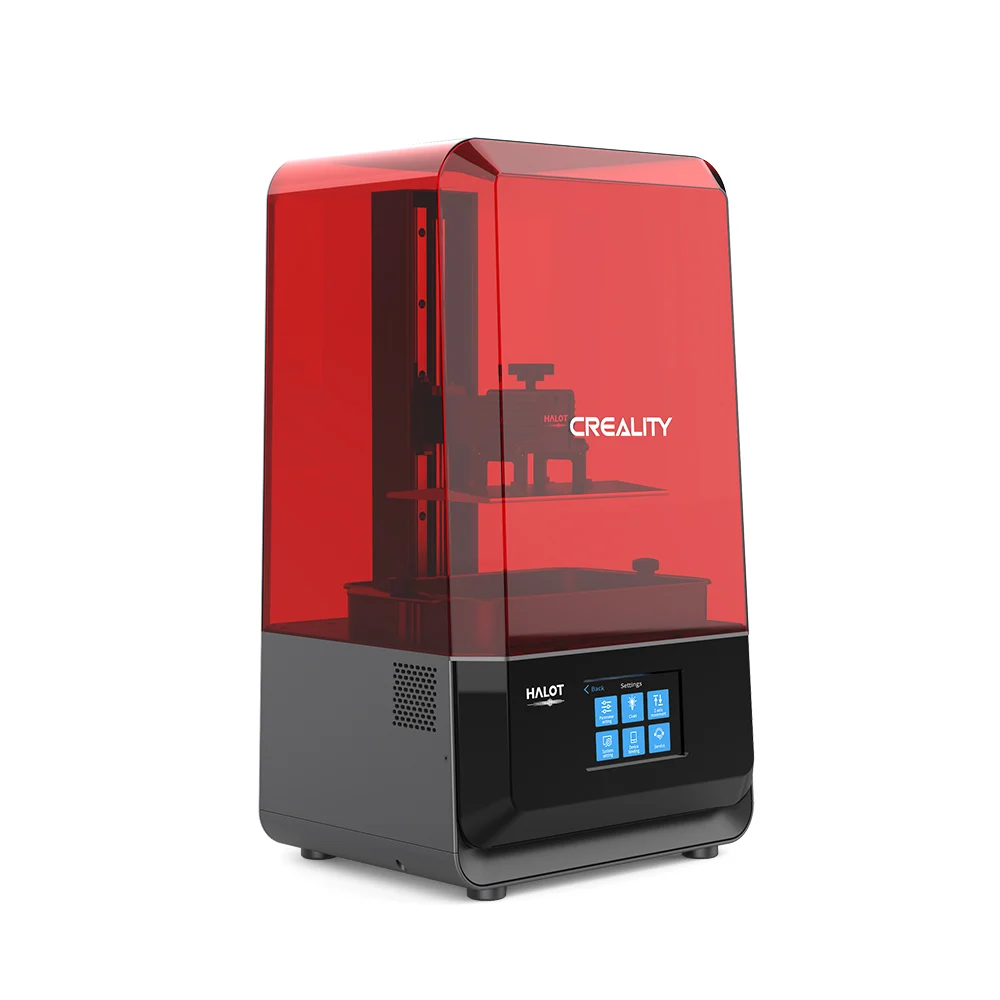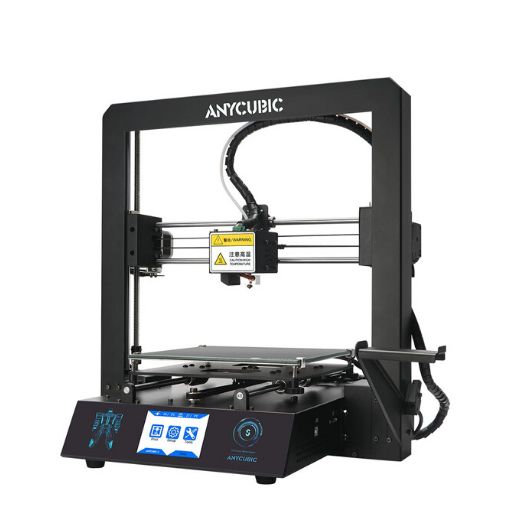Compare Halot Lite vs Mega S
Comparison between the best 3D printers
Choose the best 3D printer at the best price. The cheapest 3D printers are here.
Buy a 3D printer here with 3D Fila.
 |
 |
|
| Model | Halot Lite |
Mega S |
| Printing Material | Resin | Filament |
| Buy Resin for Creality 3D Halot Lite | Buy Filament forAnycubic Mega S | |
| Estimated price | $400,00 | $149,00 |
| Manufacturer | Creality 3D | Anycubic |
| Release Year | 2021 | 2019 |
| Print Volume [mm] | 192x120x200 | 210x210x205 |
| Printer Size [mm] | 330x301x572 | 405x410x452 |
| Weight [kg] | 10,6 | 14,5 |
| Power Loss Recovery | NO | YES |
| Maximum Resolution [mm] | 0,01 | 0,1 |
| Processor | 8 bits | |
| Display | Display touchscreen 5'' | Touchscreen TFT 2,8'' |
| Power Supply | 12V / 300W | |
| Connectivity | SD / USB | SD / USB |
| Operating systems | Windows, Mac, Linux | Windows, Mac, Linux |
| Date of registration in the system | 2022-11-04 | 2021-04-15 |
| Release date | 2021 | 2019 |
| Extra features | Crealitys Halot Lite printer stands out in the mid-size resin 3D printing segment, with a build volume of 192 x 120 x 200 mm and 50 micron resolution. It offers a monochrome LCD for fast and durable printing, and an upgraded light source that ensures over 80% uniformity across the print bed. It includes Wi-Fi connectivity for remote control and updates, an ARM Cortex CPU for efficient performance, and is compatible with Halot Box and Lychee slicing software. It also has an activated carbon filter to reduce odors. | The Anycubic Mega S offers a printing platform with excellent adhesion, easy removal after cooling. It has a filament sensor for a better experience with flexible materials and a multilingual and intuitive color touchscreen. Assembly is quick, requiring only 8 screws and 3 connections. It has a large build volume (210 x 210 x 205 mm), high positioning accuracy and supports a variety of materials, including TPU, PLA, ABS and wood. It stands out for its solid metal structure, superior stability, high-quality printing with layer resolution of up to 50 microns, Ultrabase for easy adhesion and removal of parts, resumption of printing after power outage, high-quality extruder for flexible filaments, suspended filament support and stable structure that reduces shaking, improving printing quality. |
| Support for multiple colors and materials (AMS and CFS) | NO | NO |
Notes * |
||
| Cost-benefit | 8 / 10 | 7 / 10 |
| Hardware | 1.2 / 10 | 2 / 10 |
| Tela | . | . |
| Print volume | 3 / 10 | 3 / 10 |
| Performance | 9 / 10 | 1 / 10 |
Conclusion |
| In evaluating the Creality 3D Halot Lite and Anycubic Mega S 3D printers, several key factors emerge that can guide potential buyers in making an informed decision. The Halot Lite, released in 2021, is a resin printer that excels in high-resolution output, achieving maximum resolutions of 0.01 mm. The printer’s advanced features, such as a monochrome LCD, enhanced light source uniformity, and a compact print volume, make it a strong contender for users focused on detail and quality in their prints. Additionally, it offers Wi-Fi connectivity for convenient remote operation and updates, a notable advantage for tech-savvy users. On the other hand, the Mega S, which has been on the market since 2019, caters to those who may prefer a filament-based printing experience. It boasts a larger print volume and supports a wider variety of materials, making it suitable for enthusiasts looking to experiment with different types of filament. The Mega S also includes useful features such as a resuming printing function after power outages and a solid metal structure that enhances stability during the printing process. From a cost perspective, the Halot Lite is positioned as a more premium option compared to the Mega S. However, the Mega S offers a greater cost-benefit ratio, particularly for those who prioritize versatility and ease of use. In summary, the choice between these two models ultimately hinges on the user's specific printing needs. If high precision and advanced features are paramount and budget allows, the Halot Lite is an excellent choice. However, for those seeking a reliable, versatile printer for various materials at a more accessible price point, the Anycubic Mega S is a strong alternative. Both have their merits, making each suitable for different types of users and printing applications. |

